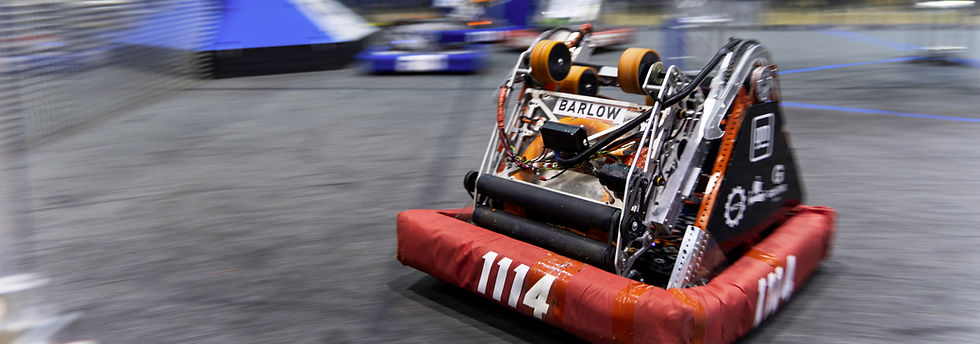
Team Resources
Effective FIRST Strategies
How do you design and operate a FIRST Robot in a strategic way to give the greatest possible chances of success? This presentation deals with the strategic decisions to be made while designing a robot, as well as competition strategy (scouting, match planning, alliance selection, etc.).
Author: Karthik Kanagasabapathy (2020)
Chairman's Webinar
A brief overview of the Chairman's Award, including the who, what, and how of submitting for the award, best practices, and tips and tricks for success! An essential guide for teams looking to maximize their Chairman's chances.
Author: Karthik Kanagasabapathy (2020)
Driver Selection for FRC
Tips and tricks for ensuring the selection of FRC driveteam members is high-performing and fair.
Author: Karthik Kanagasabapathy (2013)
Technical Resources
Drivetrain Design
Featuring the Kitbot on Steroids covers the selection of a drivetrain, the key principles and reviews the potential Kitbot upgrades.
Author: Ben Bennett (2011)
Mobility
Describes the different types of Robotics drive systems, some of the theory of designing a drive system, and some construction techniques and principles.
Author: Ian Mackenzie (2010)
Omnidirectional Drive Systems
Dives into the advanced topic of drive systems which can move in any direction.
Author: Ian Mackenzie (2006)
Can't find what you're looking for?
Reach out to us at info@simbotics.org

Thank you for exploring the Team 1114 - Simbotics resources! We hope these tools and insights help empower your team to innovate, collaborate, and achieve success in the world of robotics.
By sharing our knowledge, we aim to inspire the next generation of leaders and engineers, driving the spirit of FIRST forward. Remember, the key to growth is learning from one another—so take what you need, share what you learn, and keep pushing the boundaries of what’s possible.
Team 1114 - Simbotics is proud to be supported by:




